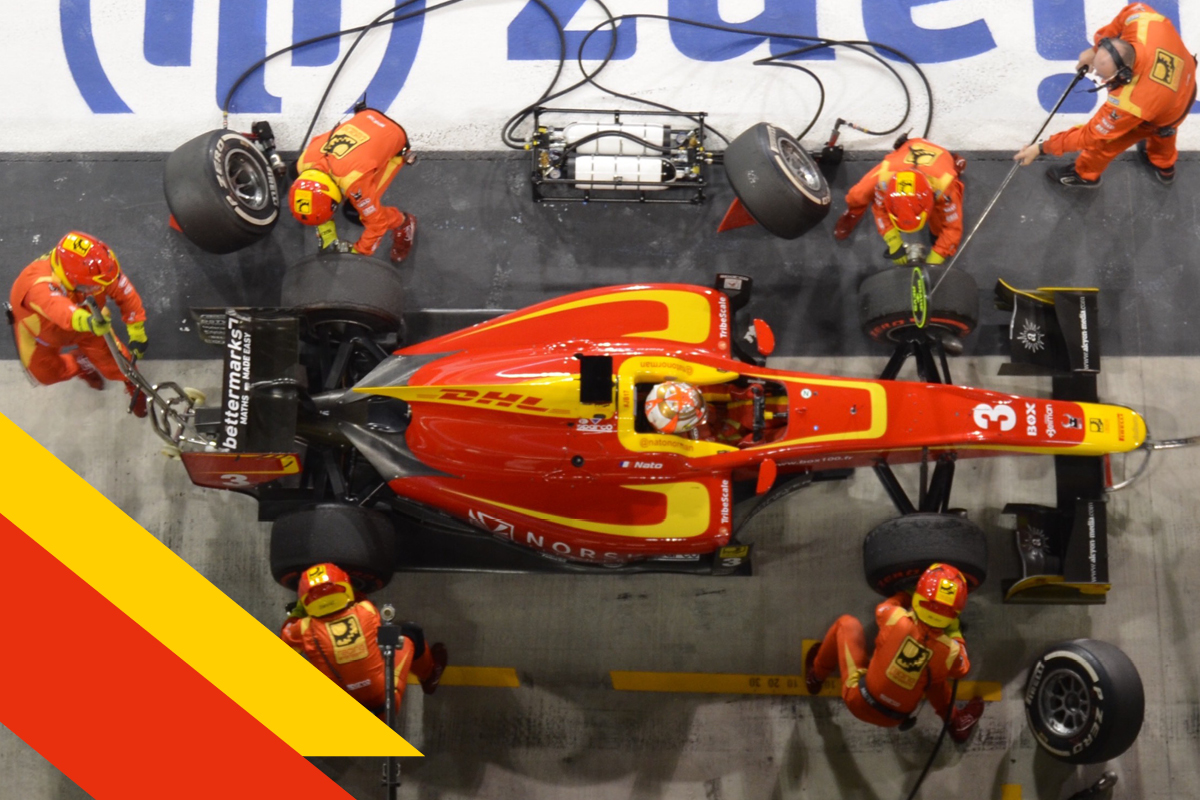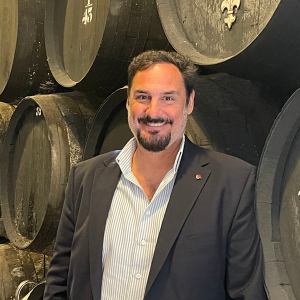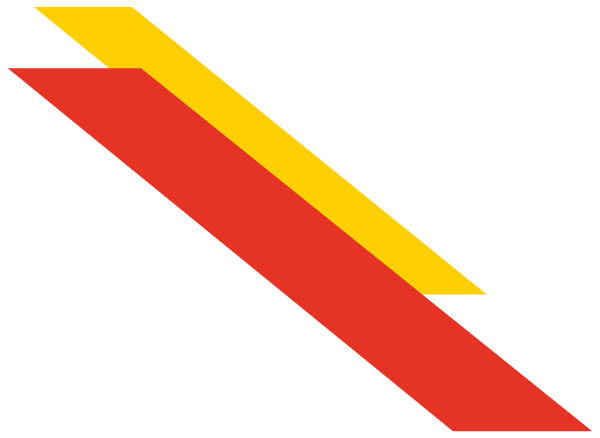
The PROfile: Alfonso de Orleans-Borbón ’91
Alfonso de Orleans-Borbón ’91 discovered his need for speed relatively late in life — but once he entered the field of competitive car racing, he never looked back in the rear-view mirror. Placing fourth in his first 24 Hours of Le Mans in 1994, he went on to race for Ferrari, Porsche and Toyota over the next decade, including twice taking part in the infamous 6,000-mile Paris-Dakar Rally across the Sahara Desert. A prince and the Duke of Galliera (his cousin is the king of Spain), Orleans-Borbón would rather talk cars than his royal roots. The route is a much more fascinating journey.
Crash Course
While at Bentley, I applied for a helicopter pilot license. The day I was supposed to have my exam, we were flying from Norwood Airport back to Boston Heliport in the South End, and the engine stopped. We dropped 500 feet and survived simply because we hit a tree … in a graveyard. Guess it was not my time — though I did have nine compression fractures in my vertebrae. Although I mainly fly planes, I still continue to fly helicopters to this day. It’s easier to get to places for work.
The Natural
After Bentley, I worked for Prudential Securities in their Monaco office. Cars didn’t mean anything to me then. They had invited a number of high-net-worth individuals to the Paul Ricard Formula 1 track, and a French F1 driver said to have a go. I did about 10 laps and beat the time of absolutely everyone, including some Formula Ford champions who were also driving there that day.
He was like, “I think you should take up racing.”

No Pain, No Gain
The first race I ever finished was Le Mans, which is just insane. Cars going 250 miles an hour. Normally it’s three drivers doing eight hours each, but the third driver got sick, so I drove 11 hours. At those speeds, you are pressing this brake pedal weighing 90 pounds something like 30,000 times. I lost 22 pounds in 24 hours. After that, my career took off.
Eyes on the Prize
In the Paris-Dakar Rally, you are racing in these baja-type vehicles over sand at 120 miles an hour for weeks. If you have an accident, you will literally kill yourself. It got up to 60°C (140°F) in the cockpit, and that’s only because the gauge stopped at 60. Still, you’re 100% focused on the job; nothing affects you. I saw footage later and was like, wow, we passed through some beautiful places.
The Power of Engineering
A lot of people in racing party like maniacs. I don’t drink so I studied engineering in my free time instead. And that’s one of the reasons our team, called “Racing Engineering,” was so successful. Other teams were like, “This car’s pretty good,” but we said, “That’s not enough — we need to make it better and better and better.” Instead of 10 parameters to adjust, we started looking at 2,000. We started in 1999 and raced for six years in F3, won all six championships, then won F2 twice. And now we’re consulting on engineering for some of the most famous brands in the world.
Do It Properly
The motto of my team is, “You either do it properly, or don’t do it at all.” That’s literally on the side of our trucks. If you get all of your work done by 3:00 p.m., then go to the beach. But at the track, we don’t go to bed until the car is ready, and sometimes we don’t go to bed at all. It’s not about winning, though that’s the final result. I’m just someone who loves being challenged.


